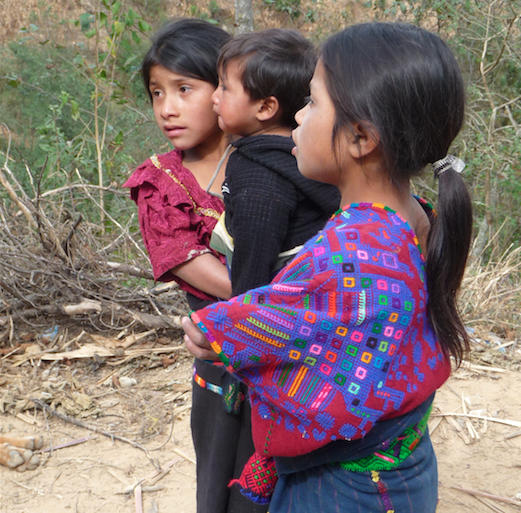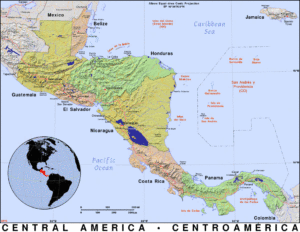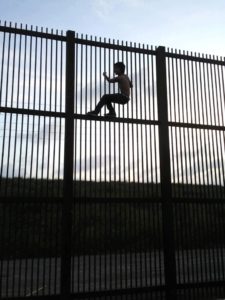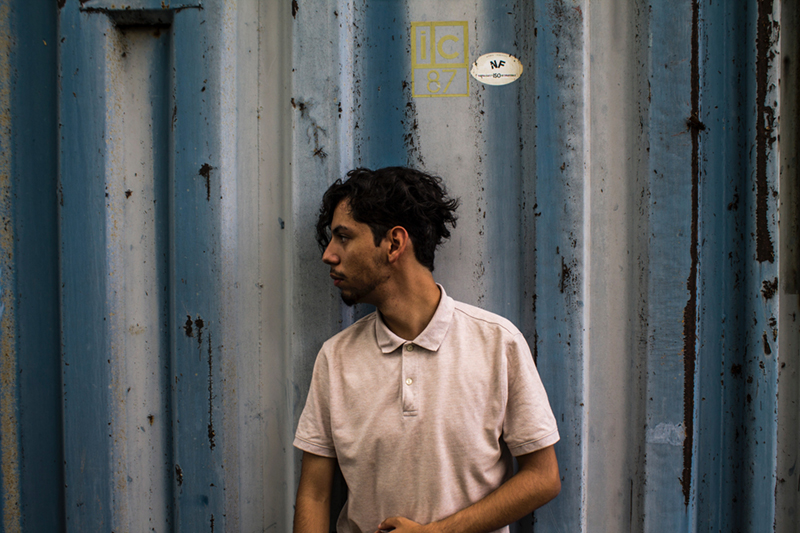 In the summer of 2014, thousands of Central Americans – mainly unaccompanied children and parents traveling with children from the Northern Triangle of El Salvador, Honduras, and Guatemala – crossed Mexico into the US. The arrivals made headlines as a humanitarian crisis.The United Nations designated these migrants as refugees fleeing an armed crisis, while the arrivals overwhelmed the US’s infrastructure and created a years-long backlog in the country’s immigration courts. By the end of FY2014, US Border Patrol had apprehended over 68,000 unaccompanied children and another 68,000 families traveling together.
In the summer of 2014, thousands of Central Americans – mainly unaccompanied children and parents traveling with children from the Northern Triangle of El Salvador, Honduras, and Guatemala – crossed Mexico into the US. The arrivals made headlines as a humanitarian crisis.The United Nations designated these migrants as refugees fleeing an armed crisis, while the arrivals overwhelmed the US’s infrastructure and created a years-long backlog in the country’s immigration courts. By the end of FY2014, US Border Patrol had apprehended over 68,000 unaccompanied children and another 68,000 families traveling together.
When the number of migrants crossing into the US in FY 2015 dipped, the attention paid to our border and southern neighbors dropped precipitously. Recently, numbers of Central American migrants arriving at the US border have shot back up, but attention remains low. As of May 31, Border Patrol had apprehended more families at the Southwest border in this fiscal year than in the same months of either FY2014 or FY2015. The agency has also detained more unaccompanied children this year than last, though the number has not yet matched the record set in 2014. Regardless, the first half of FY2016 is a bad omen of the possible permanence of high migration rates from Central America and insight into the grim situation in Central America.
Many of the migrants who arrive at the border are survivors of torture, trauma, and other abuses – both in their home countries, where gang violence is rampant and rule of law is weak, as well as along the famed harrowing journey through Mexico to the US border. As researcher Elizabeth Kennedy writes:
The 2000-plus-mile journey to the United States traces routes controlled by drug cartels who beat, drown, drug, maim, murder, rob, molest, and starve undocumented migrants, with some [unaccompanied children] targeted for forced recruitment. Likewise, coyotes (guides) may offer [unaccompanied children] drugs or alcohol to stem their hunger or proposition them for hard labor or sex in return for survival. Combined, the high level of potential trauma before and during migration may lead to some of the highest levels of mental illness among children in the United States.
 Unfortunately, for many making it to the US, this is not the end of the suffering. Border Patrol (BP), the US agency charged with apprehending those near the US border, has come under fire for abusive treatment of US citizens and migrants, including reports of verbal, physical, and sexual abuse of migrant children. While unaccompanied children are transferred to the care of the Office of Refugee Resettlement (ORR) within 72 hours of being detained by BP and provided comprehensive care as they await reunification with family members or sponsors within the US, migrant families are kept in family detention facilities, which are renowned for their abysmal conditions.
Unfortunately, for many making it to the US, this is not the end of the suffering. Border Patrol (BP), the US agency charged with apprehending those near the US border, has come under fire for abusive treatment of US citizens and migrants, including reports of verbal, physical, and sexual abuse of migrant children. While unaccompanied children are transferred to the care of the Office of Refugee Resettlement (ORR) within 72 hours of being detained by BP and provided comprehensive care as they await reunification with family members or sponsors within the US, migrant families are kept in family detention facilities, which are renowned for their abysmal conditions.
Both types of facilities are weak when it comes to providing mental health care; children in ORR custody get a mental health screening once placed, but follow-up services including counseling are spotty and there is no guarantee of continued services once a child leaves ORR custody (especially if the child reunifies with undocumented sponsors, who are less likely to bring children to get medical attention for fear of being detained or deported). Family detention centers provide mental health services, but access is irregular and often inappropriate for the needs of the populations that are detained. One report details the dearth of adequate services, describing the denial of requests to see a psychologist made by a young girl suffering from depression after being threatened sexually in her home country.
 Comprehensive immigration reform legislation has a slim chance of passing in the current political climate, American xenophobia is growing, and the country’s immigration policy remains in limbo after the Supreme Court’s deadlocked on US v. Texas announced on June 23. This ruling effectively blocks President Obama’s 2014 initiatives to create DAPA (Deferred Action for Parents of Americans) and expand DACA (Deferred Action for Childhood Arrivals), more or less ensuring that no policy changes will take place before the end of Obama’s presidency.
Comprehensive immigration reform legislation has a slim chance of passing in the current political climate, American xenophobia is growing, and the country’s immigration policy remains in limbo after the Supreme Court’s deadlocked on US v. Texas announced on June 23. This ruling effectively blocks President Obama’s 2014 initiatives to create DAPA (Deferred Action for Parents of Americans) and expand DACA (Deferred Action for Childhood Arrivals), more or less ensuring that no policy changes will take place before the end of Obama’s presidency.
DACA/DAPA+ would have extended DACA benefits to more undocumented youth and allowed temporary work authorizations for undocumented parents of US-citizen children; approximately 4 million undocumented immigrants who would have been eligible to apply for relief now remain vulnerable to detention and deportation. 71% of the approximate 11 million undocumented immigrants in the US are from Mexico and Central America. Beyond the legal and economic concerns of this situation, this instability of status has been linked to mental health challenges including PTSD and anxiety both amongst the immigrants themselves as well as their children, who are prone to suffer secondary trauma worrying about their families.
The United Nations was correct to designate Central American migrants as refugees fleeing their home countries; the rampant gang violence and lack of economic opportunity make Central America a hostile region for any sort of peaceful or stable existence. The United States would do well to recognize this crisis for what it is and provide more secure pathways to the US for these displaced individuals and, once inside US borders, pathways to legal status.

